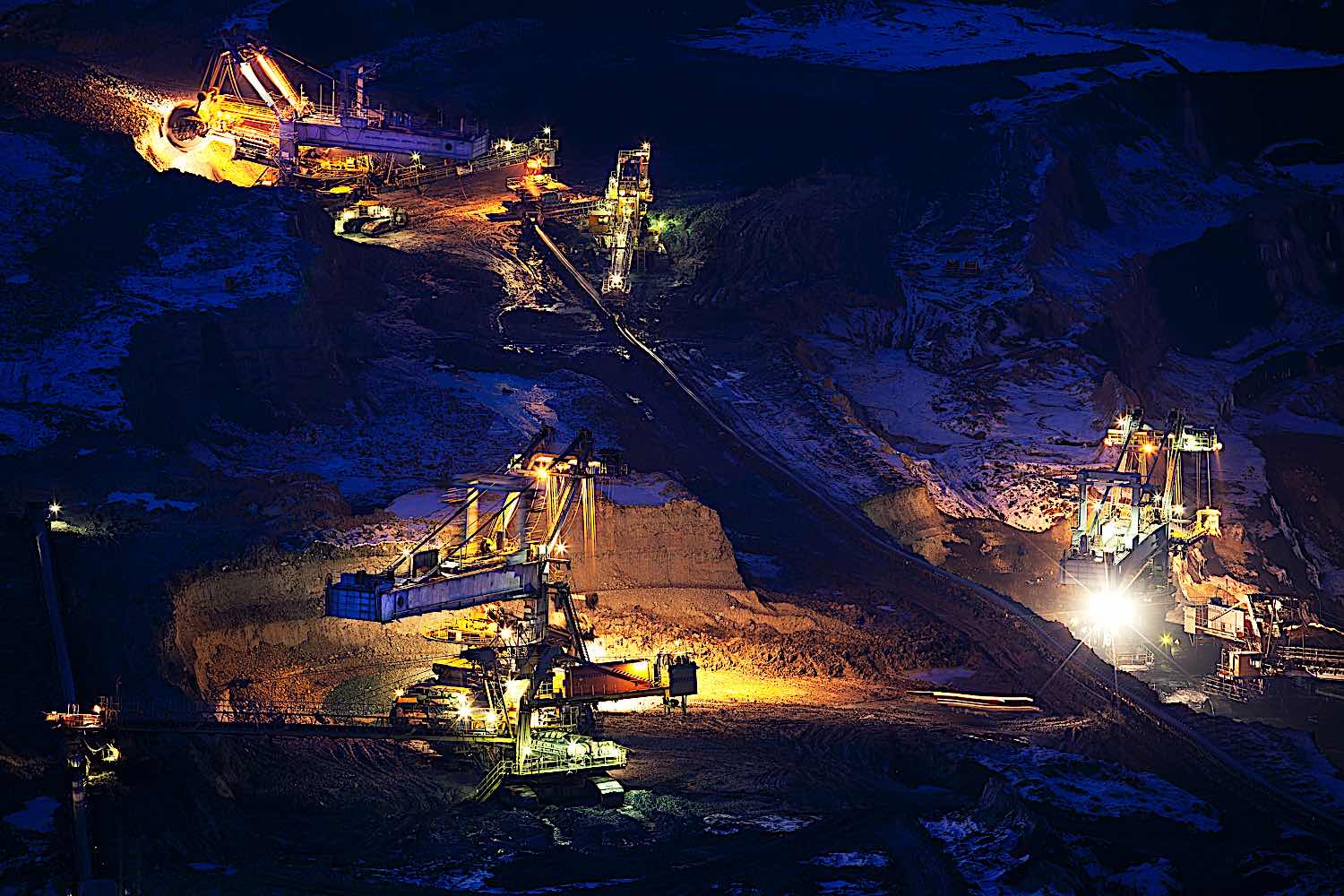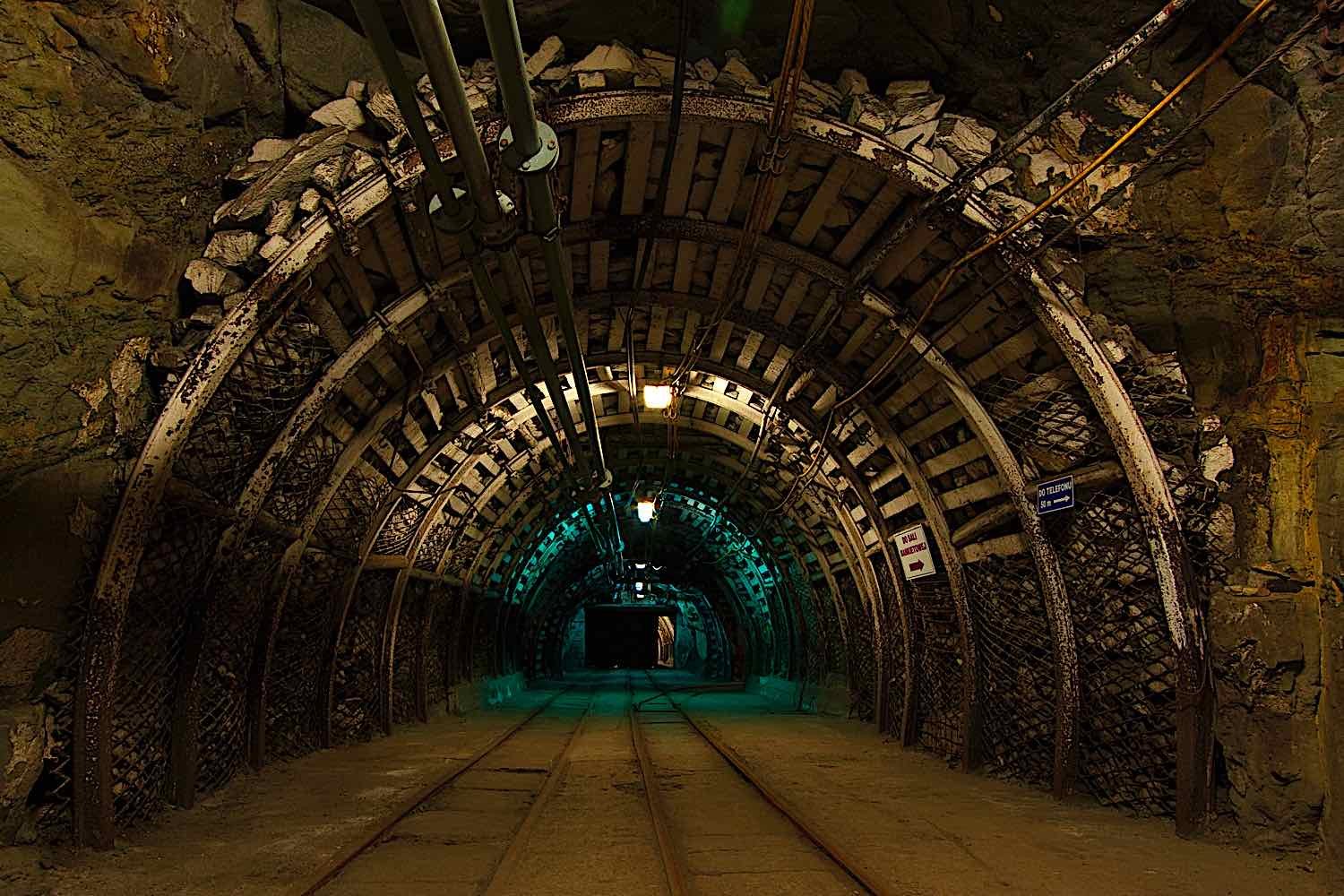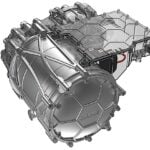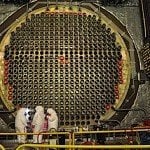As the world becomes more eco-conscious, there’s a focus on moving away from fossil fuels to renewable energy. The International Renewable Energy Agency (IRENA) estimates that by 2050, 90% of the world’s electricity should come from renewable energy. [1]
While there’s no doubt that renewable energy sources are the future, there is some doubt about their reliability. The most glaring examples are wind and solar power, which can be inconsistent or require innovation to store and access in efficient ways.
There are some solutions for day-to-day storage (such as batteries), but there aren’t any long-term solutions that are also cost-effective and accessible.
However, a new study led by the International Institute for Applied Systems Analysis, a team of researchers may have found one.

The current clean energy landscape
The world is shoveling money into being more eco-friendly. A recent International Energy Agency report found that in 2022 global clean energy spending was expected to surge by 12%. [2]
This represents the increasing global interest in sustainability but in an even more telling way because of when this acceleration of energy transition occurred. 2022 was, after all, a time when world leaders were prioritizing the security and affordability of energy due to the issues that the pandemic and Russo-Ukrainian war posed.
The IEA also found that 80% of global power-sector investment goes toward renewables, transmission networks, and energy storage, outstripping total spending on oil and gas production and coal mining. The number of electric vehicles that used to be sold over the course of a year a decade ago are now sold in a week. [3]
Yet, these green statistics don’t tell the whole story.
Around half of the increase in the expenditure on clean energy isn’t due to investments in clean energy capacity but rising prices. Prices have risen as a result of bottlenecks in supply chains which are unable to meet the wild demand for key minerals used in wind turbines, solar panels, and electric vehicles.

There is also the issue of variation across the globe; some countries are flooding their cleaner technology initiatives with money while others barely do anything. This may be due to a lack of funds, but sometimes it’s simply a lack of care.
Additionally, the IEA has said that even despite this accelerated green technology spending, the world isn’t on track to reach net-zero emissions by 2050. [4]
IEA Executive Director Fatih Birol said in a statement, “A massive surge in investment to accelerate clean energy transitions is the only lasting solution. This kind of investment is rising, but we need a much faster increase to ease the pressure on consumers from high fossil fuel prices, make our energy systems more secure, and get the world on track to reach our climate goals.” [5]
It seems that the only way to reach the 2050 goal is to increase spending on green technology even more, but it must be a worldwide effort.
Choosing what technologies to invest in is posing difficult, however.
An innovative alternative to solar and wind power
There have been massive cost reductions in the last decade for renewables. In some cases, electricity from onshore wind and solar photovoltaics (PV) is cheaper than electricity from certain fossil fuel plants. [6]
Solar and wind power are the most popular and well-evolved renewable energy resources but creating the items needed to capture that power (e.g., solar panels and wind turbines) is now in competition with electric vehicles.
There are also the problems of unreliability, as the sun and wind come and go when they please, and storage of the energy that these resources generate.
A team of researchers from the International Institute for Applied Systems Analysis (IIASA) has developed a novel way to store energy by moving sand into underground mines.
This new technique puts forth a long-term energy storage solution that’s effective for cost, space, and time. It seeks to utilize out-of-use mines, of which there are millions worldwide. [7]
The systems are called underground gravity energy storage systems, or UGES systems for short. They are a gravitational energy-based storage option and are designed to be able to match energy demand as it fluctuates and throughout different time scales.
The system has 5 primary components; the shaft, generator, mining equipment, and upper and lower storage sites. In UGES systems, electricity is discharged by lowering large volumes of sand into an underground mine via a mine shaft. Excess electrical energy in the grid can be stored by UGES by elevating the sand and depositing it in the upper storage sites.
The deeper and wider the mineshaft, the more power the plant can produce. The larger the mine, the higher the capacity for energy storage.
Julian Hunt, the lead author of the study and also a researcher in the IIASA Energy, Climate and Environment Program said in a statement, “When a mine closes, it lays off thousands of workers. This devastates communities that rely only on the mine for their economic output. UGES would create a few vacancies as the mine would provide energy storage services after it stops operations. Mines already have the basic infrastructure and are connected to the power grid, which significantly reduces the cost and facilitates the implementation of UGES plants.” [8]
Most energy systems use batteries to store energy, but these discharge electricity. In UGES systems, the energy storage medium is sand, which of course doesn’t discharge. This means that energy storage times are incredibly long. Furthermore, these systems won’t contaminate underground water resources like underground pumped hydro storage can sometimes do.
UGES systems only cost about 1-10 USD/kWh with power capacity costs of about 2.000 USD/kWh. There are estimations that the technology has a global potential of 7-70 TWh, with most of that potential being concentrated in China, India, Russia, and the USA. [9]
Other considerations
The study where the UGES system is proposed admits that it doesn’t take into account the costs of buying and transporting sand, the costs of mining auxiliary equipment, and the cost of installing cables, moto/generators, and foldable containers.
These components are easier to purchase and transport in some countries than others, which is certainly something to consider.
Additionally, UGES’ main technical limitation is the high power capacity which involves the equipment used to transport the sand in the upper and lower storage sites while its main benefit would be its low energy storage costs. Therefore, it’s proposed to be used for weekly, monthly, seasonal, and pluriannual energy storage cycles that have small power requirements. [10]
There are also some circumstances in which other systems should be considered over UGES. For example, underground pumped hydropower storage (UPHS) should be a priority due to its lower investment and operation costs. However, if UPHS can’t be applied because there’s insufficient area for an upper reservoir or some structural impairment of the mine being used, then UGES should be considered. [11]
A solution that’s easy to implement and incredibly effective
Behnam Zakeri, a coauthor of the study and fellow IIASA Energy, Climate, and Environment Program researcher, added, “To decarbonize the economy, we need to rethink the energy system based on innovative solutions using existing resources. Turning abandoned mines into energy storage is one example of many solutions that exist around us, and we only need to change the way we deploy them.” [12]
The UGES system ticks a lot of boxes. It has very low implementation costs as it makes use of mines that already exist and aren’t in use, it provides an effective way to create and store energy, and it has a high energy-creation potential.
Alongside transforming energy systems, UGES also has the added benefits of providing an alternative source of revenue for people who used to work in the coal mines or coal-mining industry and can help those who suffered job loss when those mines shut down.
Not only is UGES an excellent solution, but it’s a challenge and inspiration for scientists and other experts in their fields to come up with creative solutions to the climate crisis.
Sources
[1]
IRENA – Fast-track energy transitions to win the race to zero
[2] [3]
IEA – World Energy Investment 2022
[4] [5]
Scientific American – Renewable energy is surging, but trouble looms
[6]
IEA – Challenges and opportunities beyond 2021
[7 (1)]
Interesting Engineering – Scientists propose converting abandoned mines into gravity batteries
[7 (2)] [10] [11]
MDPI – Underground gravity energy storage: A solution for long-term energy storage
[8] [9] [12]
IIASA – Turning abandoned mines into batteries

































